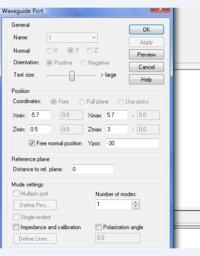daneloctober
Member level 2

I've heard that getting positive S11 parameters is a simulation issue. Can someone please help me know what settings to tweak in this file so i can get the correct S11 parameters? Please, If you can solve it, specify what you did. Thanks.
By the way, in this simulation, I'm trying to use glass to "shield" the RFID UHF tag antenna from the negative effects of the metal plate (simulated license plate).
Thanks!!!
By the way, in this simulation, I'm trying to use glass to "shield" the RFID UHF tag antenna from the negative effects of the metal plate (simulated license plate).
Thanks!!!








